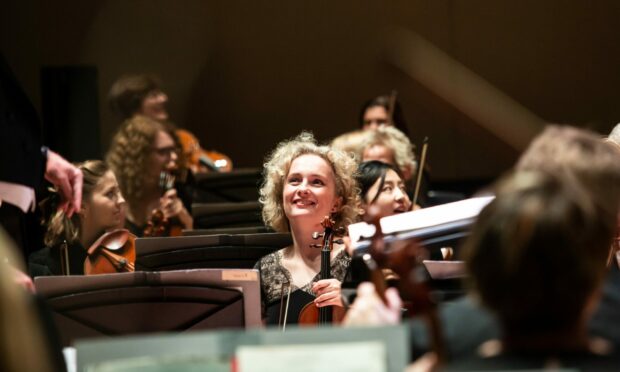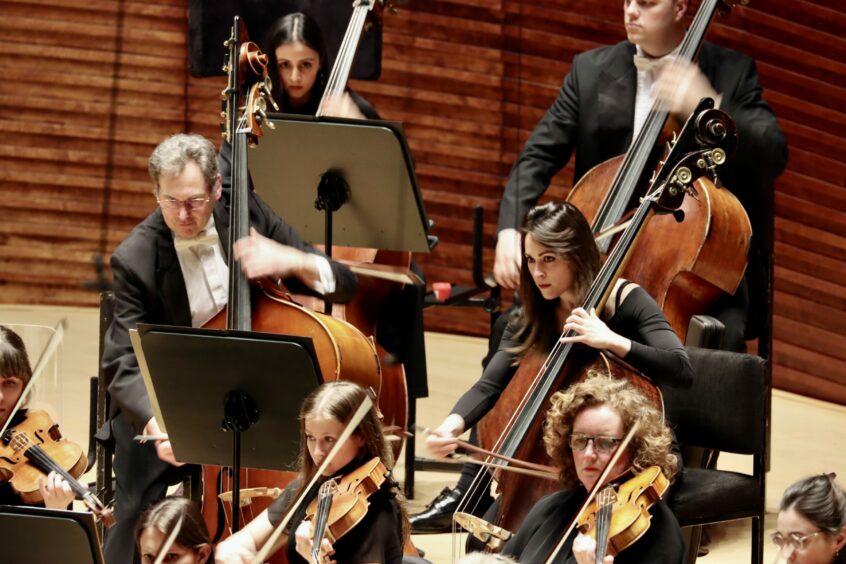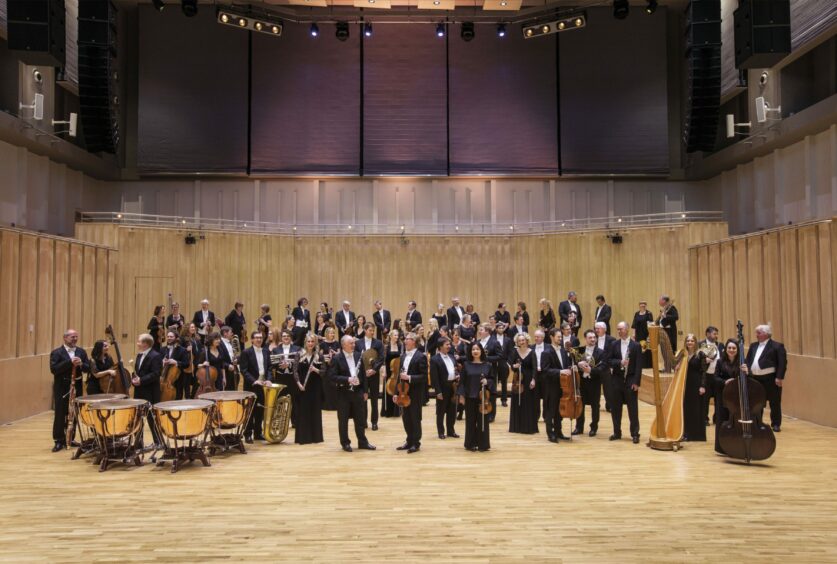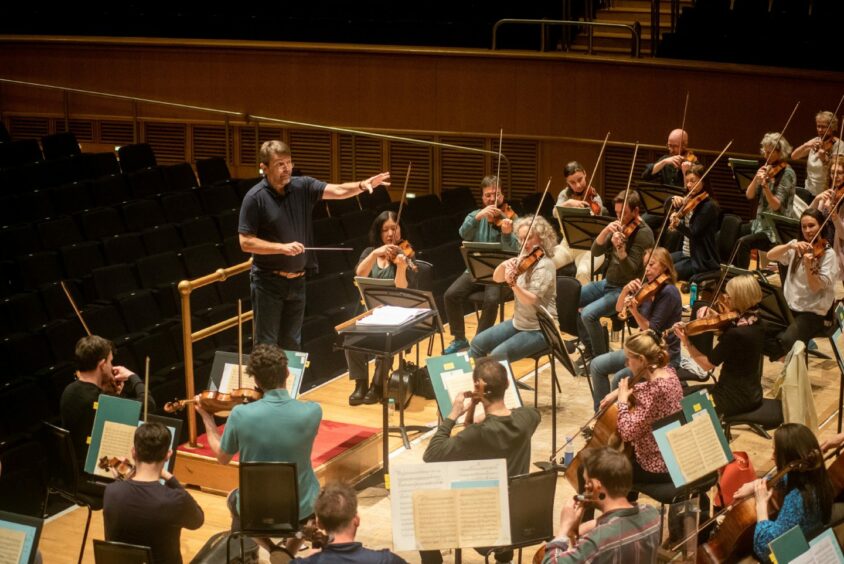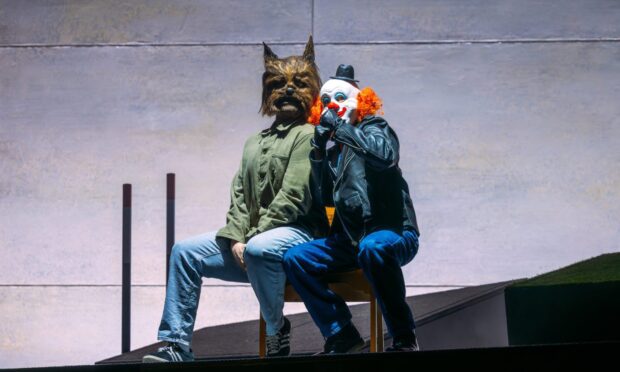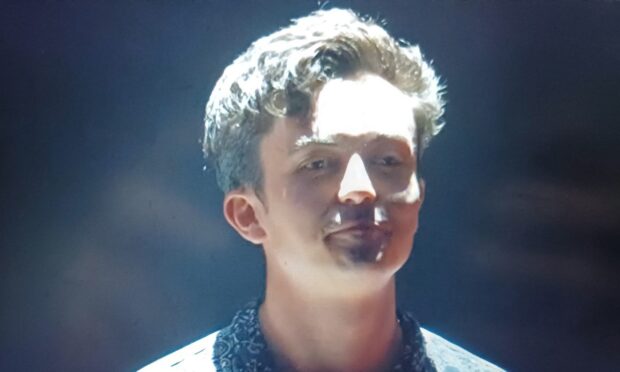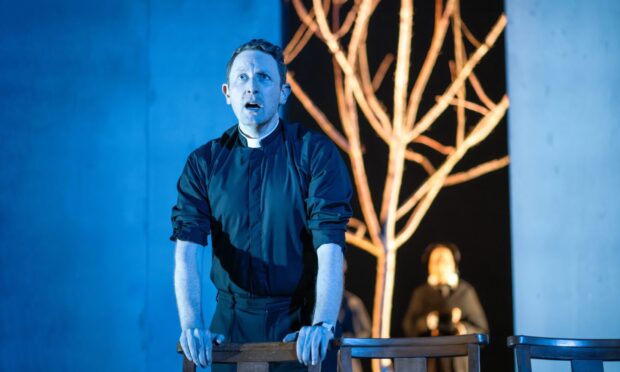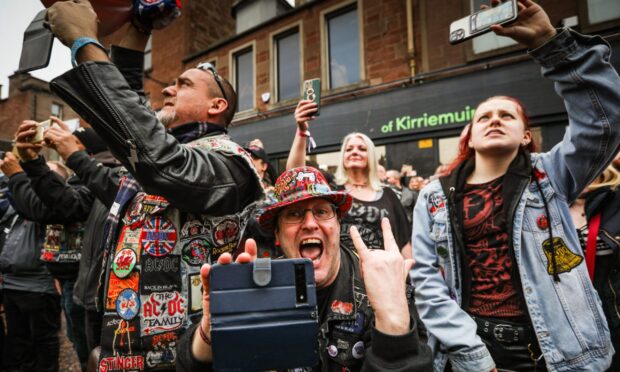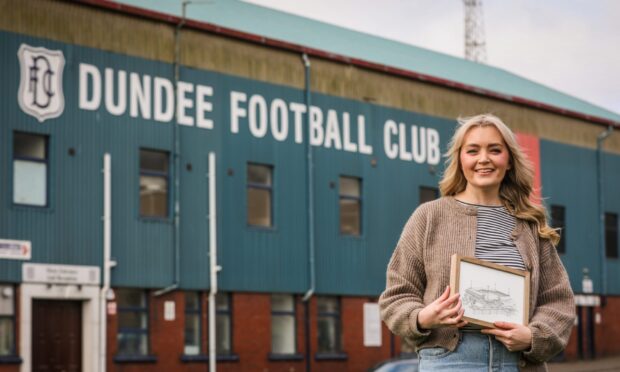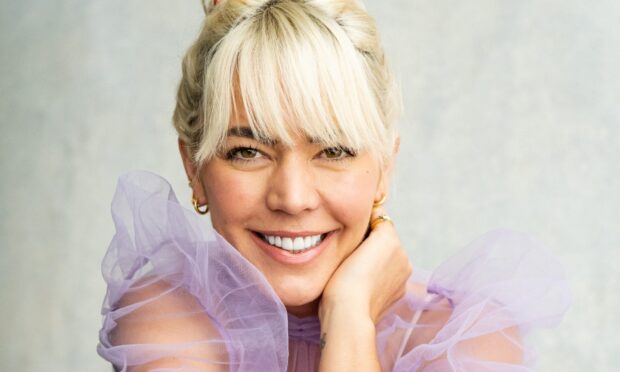So, how Russian was the programme of the Royal Scottish National Orchestra’s concert in Perth on Thursday night? As Russian as it could be, is the answer.
But before there is an outcry about the content due to the current Ukrainian situation, the fact that the music was penned by Dimitri Shostakovich should be enough to quell any misgivings.
Shostakovich was a man who was content to thumb his nose at the Russian dictator of his time, namely Josef Stalin, quite often at the risk of his life.
He let his music do the talking, and if he got some subtle one-upmanship on those above, good for him.
To continue this analogy, the availability of Russian conductor Andrey Boreyko at short notice was due to his refusal to be involved with any Russian orchestra.
Any concert that consists entirely of music by Shostakovich is a rarity.
Indeed, it’s been a while since I’ve heard ANY of the great man’s music live so the concert in the Perth concert hall was something I looked forward to.
His fifth symphony, second piano concerto – written for his teenage son Maxim – and the Suite from the opera Lady Macbeth of Mtsensk all in the one programme.
What’s not to like?
This was a concert of which you’d queue up to hear again as the RSNO were on tip-top form.
I should take things chronologically – Lady Macbeth, symphony, concerto – but I’ll start with the symphony. Classical in form, spectacular Shostakovich in reality. This work has anything an orchestra, or audience, could wish for.
The light-hearted of the second movement contrasted with a third movement of ethereal beauty of which eight-part strings created a depth of harmony of Brahms-like proportions.
There was an element of triumph in the finale, but that was quite fitting in context as the whole performance was just that. A triumph.
The two movements from the Suite opened the concert with a bang, before we saw evidence of the composer’s creativity –the Passacaglia – and his humour – The Drunkard.
The first 8 bars summed up the opera’s content of violence, savagery and despair but then he skilfully weaves a pattern of orchestral magic.
Rarely heard are these snippets from the opera, but Thursday’s superb performance makes me ask why they aren’t an intrinsic part of the orchestral repertoire.
Last but not least is the concerto where pianist Simon Trpceski dovetailed with conductor and orchestra in marvellous fashion.
The morse-code-like first movement motif is still ringing in my ears, but memories of the soft and gentle first movement cadenza and the helter-skelter array of penetrating runs in the finale also linger to great effect.
Seldom do you see a soloist having the time of his life, and showing it. The flamboyant ending was more than justified as it was an exclamation mark, so to speak, that brought a wonderful performance to an end.
I don’t normally comment on encores, but I thought Simon’s choice of the scherzo from Shostakovich’s second piano trio, with Maya Iwabuchi (violin) and Alexei Kiseliov (cello) was quite inspired. It was as thrilling a tailpiece as one could wish for.
